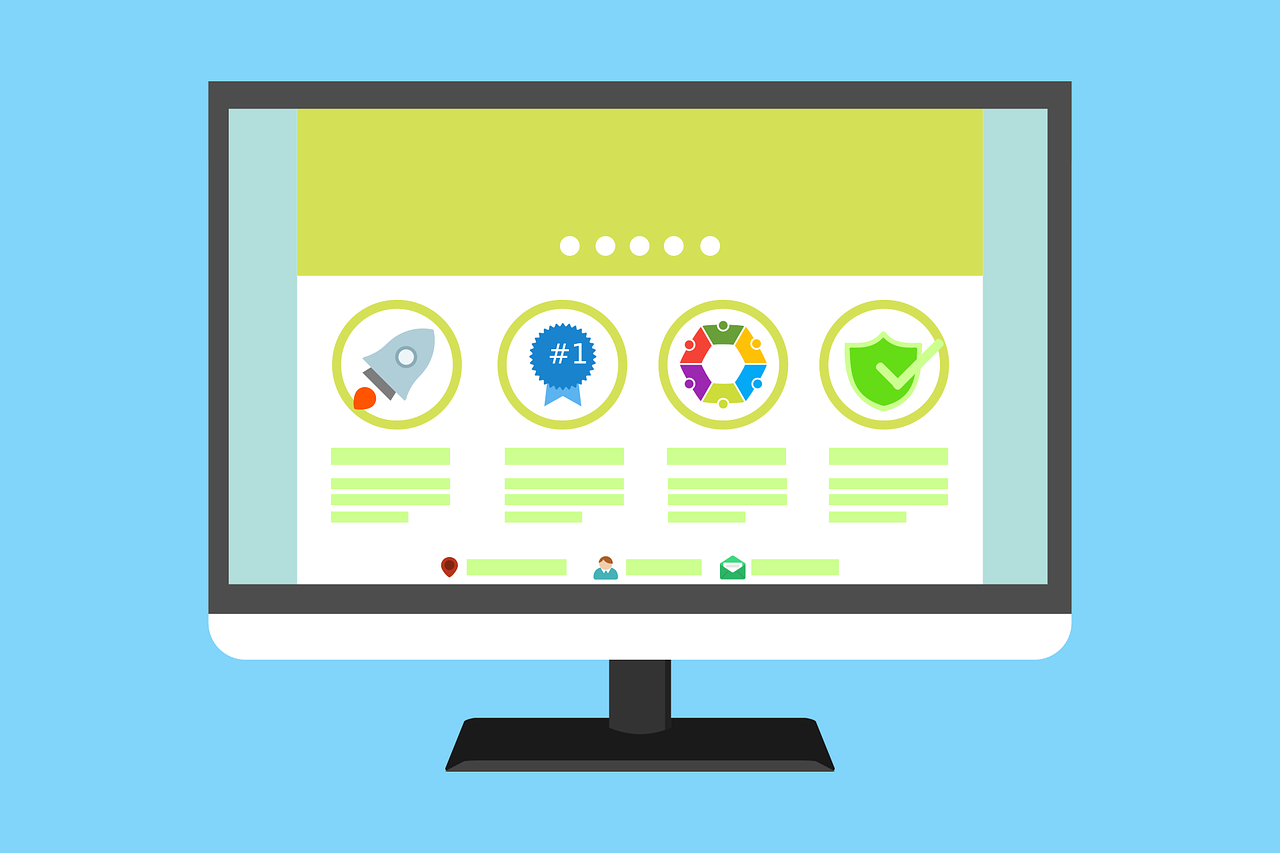User experience design (or UX design) works differently than graphic design or web design. Instead of focusing on how a website or app looks, it focuses more on the functionality, usability, and efficiency of the website.
Having good UX design on your website helps visitors quickly find what they came looking for, providing them with an enjoyable browsing experience and encouraging them to return to your site again and again.
Your website has to be easy to navigate and understand otherwise your customers won’t be able to find what they’re looking for. If they can’t find what they want (and right away) then they’ll more than likely click off and head over to your competitors instead.
So, how can you improve your website’s user experience? Here are 8 ways you can improve your site’s user experience today.

Comments: 0